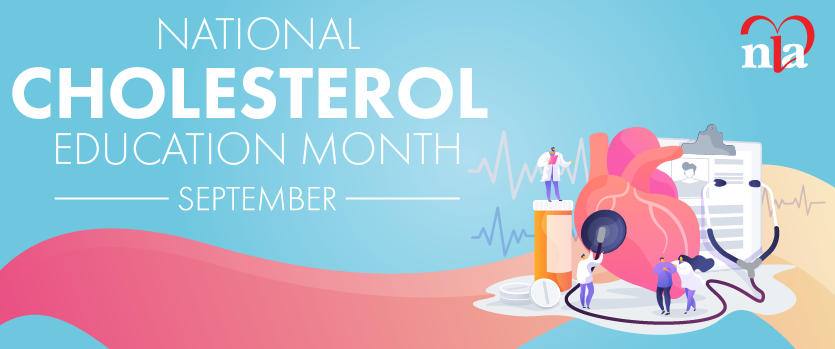“Let food be thy medicine and medicine be thy food.” -- misattribution to Hippocrates (ca 460-370 BCE)1
“A collective spasm of what can only be described as carbophobia seized the country, supplanting an era of national lipophobia dating to the Carter administration. …So violent a change in a culture’s eating habits is surely the sign of a national eating disorder.” -- Michael Pollan (Omnivore’s Dilemma, 2006)
I am going to publicly admit in this issue of LipidSpin that my favorite author on nutrition is neither nutritionist nor lipidologist, but rather investigative journalist Michael Pollan. Mr. Pollan has taught me so much regarding the importance of a well-rounded, love- infused, social, nutritionally balanced dietary pattern which strives to nourish, but not overfill. The present FDA recommendations2 to follow healthful dietary patterns rather than prespecified macronutrient and calorie accounting are much closer to this approach than in years past, and allows for appropriate customized flexibility in building this key component of a healthy lifestyle.
Macro and micro nutrient content matter, but diet is so much more than just the measured components. The reductionist approach to dietary science has value and is a critical tool in the management of particular inherited lipid and lipoprotein disorders, but healthy diets are not just about balancing required elements for the general population. Clinicians must be considerate of the important value of the healthy meal in the context of other underlying medical conditions, the family history and customs and culture, and evolving societal norms.
One of the most famous US Supreme Court opinions came from Jacobellis v. Ohio, 378 U.S. 184, (1964) in Justice Potter Stewart’s concurrence, holding that the Constitution protected all obscenity except “hard-core pornography.” Stewart wrote, “I shall not today attempt further to define the kinds of material I understand to be embraced within that shorthand description; and perhaps I could never succeed in intelligibly doing so. But I know it when I see it, and the motion picture involved in this case is not that.” He was referring to scenes depicted in the 1958 Louis Malle film The Lovers (Les Amants), which the state had deemed obscene. That same film would probably be considered rated PG or NC-17 by the MPAA ratings of today, and just as societal mores change, our dietary patterns can change over time as well.
So, how should the clinician provide dietary advice to patients from all walks of life and varying levels of health and disease? And can we, as specialists innutritional care of our patients, be able to distinguish a healthy from unhealthy diet when we see it? The authors in this issue of LipidSpin explore the impact of dietary fads, specific macronutrient diets, and supplements and I expect readers to come away with key messages for patient care. My personal approach is to provide broad strokes, then turn the patients over to my highly trained and trusted dietitian, Fran Burke RD, for a deeper dive into specific measures.
My broad strokes are:
• Minimize “junk” food,
• Avoid sweetened and highly processed foods (salty, sweet, greasy),
• Make your meals from scratch whenever possible,
• Prepare and eat food that is delicious,
• Eat mostly vegetables,
• Eat when you are hungry and don’t eat until you feel full (smaller dishes help),
• Treat yourself once in a while,
• Eat at home and with people you love.
This approach does not provide answers to patients who inquire about the health benefits/hazards of fructose, gluten, coconut oil, carbs, trans-fats, fish oil, apple cider vinegar, or alcohol, but they do provide the foundation on which every healthy diet can be built.
This means that the practitioner must be mindful of the complexity of dietary balance and recognize that today’s recommendations may not apply to all, and may not apply at all as scientific revelations modify best practices with every generation. Alternatively, this is all just my own justification for one of my favorite meals of the week, polishing off a Dunkin Donuts grilled cheese sandwich (cal 450, fat cal 220, sat’d fat 11g, CHO 40g, sodium 850 mg) washed down with 1 oz Albanian Raki (~6000 proof) with my friends after Sunday soccer.
Que aproveche!
Disclosure statement: Dr. Soffer has received honoraria from Aegerion, Potomac CME, ACP Pier, and MD Consult. He has served as a local subinvestigator
for clinical trials for Amgen, Sanofi, Regeneron and Novartis.
References are available here.





.jpg)
.png)











